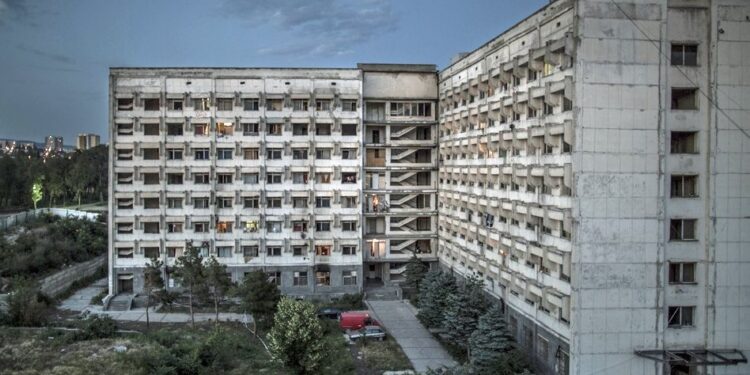City Hall published official data revealing that Tbilisi is facing a serious challenge with more than 10,000 unsafe buildings citywide, a number that has remained unchanged for several years.
Despite discovering the problem as far back as 2021, when former Vice Mayor Irakli Khmaladze cited the same figure, progress on addressing the capital’s aging infrastructure remains limited.
Currently, only 2,337 of these structures, mostly multi-apartment residential buildings, are being actively handled by municipal administrative boards. Of these:
- Negotiations are ongoing with 43 condominiums
- Full agreements have been reached in 13 cases
- Dismantling and reconstruction have started at just 2 sites
This slow pace is largely attributed to the complexity of coordinating between residents, administrative bodies and private developers.
The severity of each building’s condition is assessed using a five-category system, based on evaluations by the Levan Samkharauli National Bureau of Forensic Expertise or other certified institutions:
- Categories I–II: Minor or cosmetic damage
- Category III: Structural damage requiring attention
- Category IV: Beyond repair and not eligible for reinforcement
- Category V: Near-total destruction
Only buildings rated Category III and above qualify for the city’s housing replacement program.
Under this initiative, residents are offered new, renovated homes equal in size to their existing properties, either on the original site or nearby. If construction requires temporary relocation, rent is covered by the relevant district administration.
Importantly, the program allows redevelopment to proceed on municipal land without requiring unanimous consent from residents, potentially easing some legal difficulties.
However, the unchanged figure of 10,000 structurally unsafe buildings shows a pressing need for faster and coordinated urban change in Georgia’s capital.














